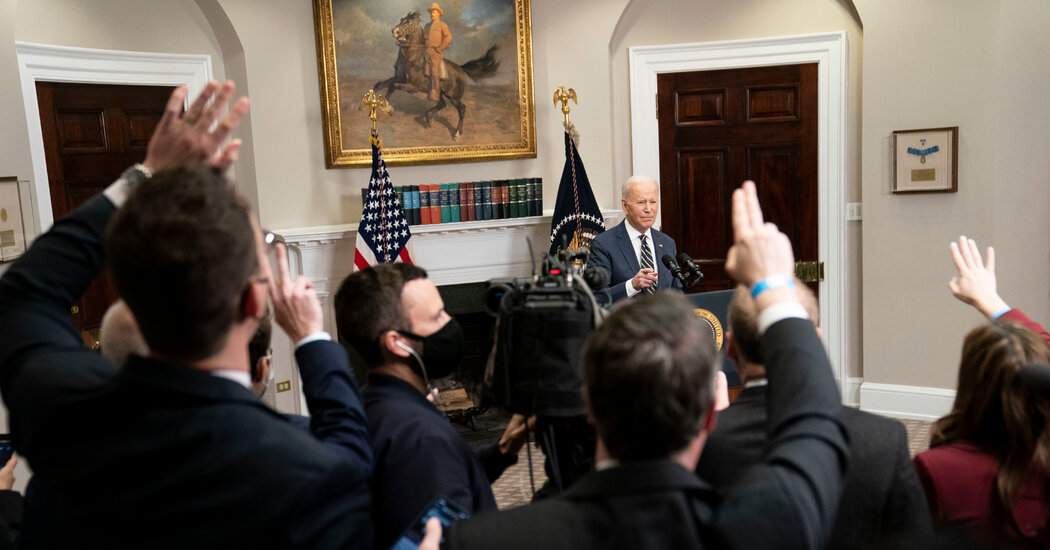Mr. Gresser said the Smoot-Hawley tariffs of the 1930s were designed to charge high tariffs on imports of manufactured goods and farm products, but low rates on imports of raw materials, in order to limit costs for U.S. factories. As a major energy and mineral producer, much of what Russia sends the United States falls into those categories.
The U.S. tariff on palladium, for example, which is used in catalytic converters, would remain at 0 percent both before and after the change, according to Mr. Gresser’s research. Tariffs on other significant exports from Russia, like king crab, uranium and urea, which is used in fertilizer, would also remain at 0 percent.
Tariffs would be somewhat higher for other products, like unwrought aluminum alloy, birch-faced plywood, bullets and certain steel products.
Energy imports from Russia — which accounted for about 60 percent of what the U.S. imported from Russia last year — would face slightly higher tariffs. But Mr. Biden already announced earlier this week that the United States would stop all shipments of Russian oil, gas and coal, a far more sweeping measure.
Mr. Gresser said that revoking Russia’s preferential trading status would impose some penalties, “but in most cases not very significant ones.”
“It may nonetheless be an appropriate symbolic and moral gesture, in particular if many W.T.O. members join in it,” he wrote. “But as a policy measure meant specifically to impose economic cost, the energy import ban is the one with practical real-world impact.”
Other governments could challenge these steps by bringing a case against the United States, the European Union or other countries at the W.T.O. But the global trade body offers large exceptions for actions taken to protect national security, and the United States and Europe could cite this in their defense.
Catie Edmondson, Katie Rogers, Alan Rappeport and Liz Alderman contributed reporting.

